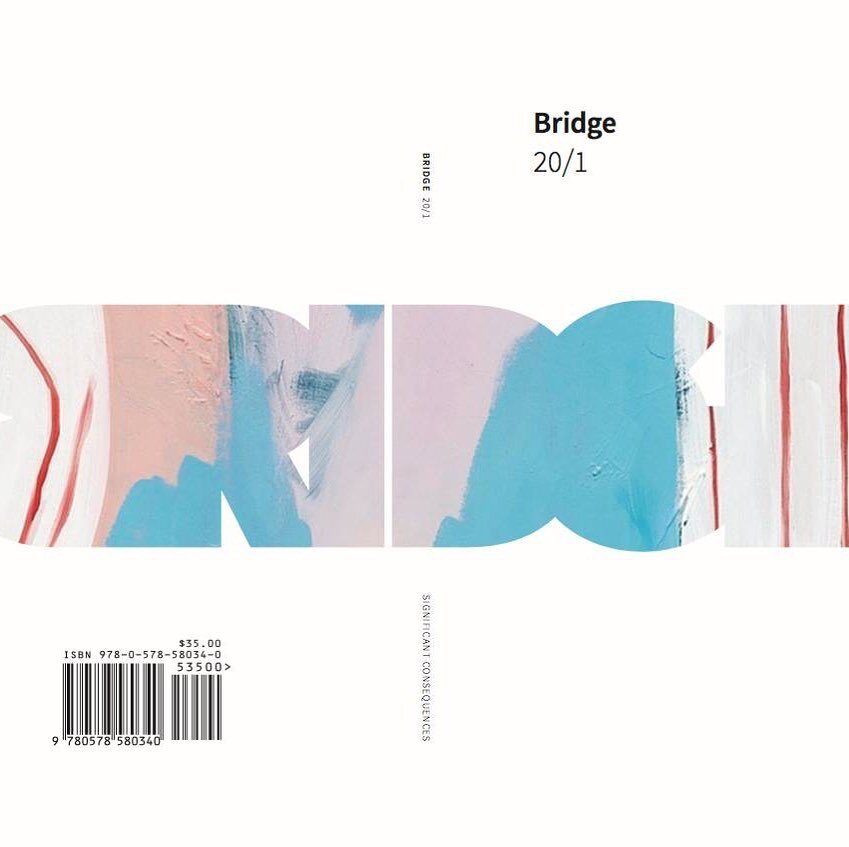REVIEW: Pixy Liao, "Relationship Material," at the Art Institute of Chicago
Pixy Liao. Door Stopper, 2017. Courtesy of the artist. © Pixy Liao.
REVIEW
Pixy Liao: Relationship Material
The Art Institute of Chicago
111 S Michigan Ave.
Chicago, IL 60603
July 26, 2025 – December 8, 2025
By Cecilia Brown
Experimental Relationship (2007- Now) is the photography series that experimental photographer Pixy Liao (廖逸君) began quickly after meeting Takahiro Morooka (諸岡高裕), nicknamed Moro, her muse and boyfriend five years her junior. “Relationship Material,” a multimedia exhibition at the Art Institute of Chicago, is a continuation of the project, specifically examining their relationship as an artistic material in itself. By re-conceptualizating the idea of a relationship as a physical material, rather than an abstract idea or a goal with pre-determined touchstones, Pixy presents relationships as bodily, temporal, various, contingent, and having creative inclinations. In doing so, Pixy reclaims her relationship with Moro from the presumptuous heteronormative ideologies that plagued her upbringing in Shanghai, China and turns it into art.
Pixy met Moro in 2006 when they were both international students in Memphis, Tennessee. Pixy studied art; Moro studied jazz music; PIMO is the name of their duo music group formed in 2012. Moro takes the lead with the band's projects which consist of six albums and a handful of funky music videos and live recordings. The music videos for “Italo” from the album Hello Again and “Cool Grandma” from the album Hello World are featured in the exhibition. The videos are inspired by a particular location like a laundry mat in Italy or a persona like a hip grandma. Stylistically the videos look “amature,” camcorder-like, and impulsive. PIMO’s music videos, like Pixy’s photos, follow their personal instincts, capturing moods and moments, rather than a search for conclusions.
Pixy Liao. How to build a relationship with layered meanings, 2008. Courtesy of the artist. © Pixy Liao.
Majority of the time, Pixy is in the dominant role, with Moro as the submissive. In the photo “The Prey” (2015), Moro crouches in a bathtub with his hands carefully placed and patiently waiting on the porcelain edge for Pixy, standing outside of the tub with her backside facing him. This erotic role reversal explored in a very gendered space—where women are usually associated with being the ones lounging in the bathtub, reveals Pixy’s curiosity and suspicions about gender binaries and heteronormative expectations that predicate how a gendered body should look and act in spaces and in a romantic and artistic relationship. Her projects invite a more fluid understanding of the (often feminine) figure of the muse.
Pixy and Moro have consistently remained the subjects of Experimental Relationship, but, as the couple experiments with new settings, they also experiment with who directs who. Viewers can see this shifting based on who holds the shutter. At times, both subjects hold the shutter, eliciting a sense of equilibrium. However, even in images where one subject holds the shutter, Pixy and Moro still find an element of connection, showing us that power dynamics and unity can coexist—like in the photo “Two Brides” which depicts Pixy holding the shutter sitting next to Moro on a bed, where they both only wear underwear and wedding-dress veils, or in the photo “人” (2019), which depicts Pixy holding the shutter and leaning her body into Moro’s body to form the Chinese character for human. After experiencing her photographs, we as viewers have the opportunity to question and to see the shortcomings in limiting representations of romantic relationships in art and culture. In showing us a series of ongoing portraits taken with an awareness of a future audience, Pixy invites viewers to see her artistic process—and to see how she works with her relationship to reveal its more authentic and artistic nature.
Pixy Liao. Together we rise, 2020. Courtesy of the artist. © Pixy Liao.
With every project, Pixy and Moro erect a new monument that captures their latest attempts at finding equilibrium. But because Pixy’s work involves such vulnerable thematic and bodily collaboration with Moro, she’s had to confront questions of authorship and ownership. At the center of the exhibit in a glass case lies “A Collection of Penises,” tiny and large sculptures crafted by Moro and commissioned by Pixy. She provided him the stretchy pink fabric, pillow stuffing, and one rule: they must all be soft. Through this piece, Pixy explores “the possibilities of making artwork by not making it.” There’s a sense of independence and control that Pixy upholds in her work, yet this commission project emphasizes that even in relinquishing some independence and control for collaboration, her creative impulses and sense of self remain.
Pixy Liao. Fmin9, 2021. Courtesy of the artist. © Pixy Liao.
In their portraits, Pixy and Moro’s bodies seem to want to melt together, yet their poker-face gazes rarely address each other. Rather, they look blankly at the camera’s lens—the contingent viewer, always in flux, like the materiality of their relationship. Their relationship may be boxed in each photo, but when the photos are presented together, the artistic materiality of their relationship becomes obvious and refreshing, sensual and strange.
Like what you’re reading? Consider donating a few dollars to our writer’s fund and help us keep publishing every Monday.





